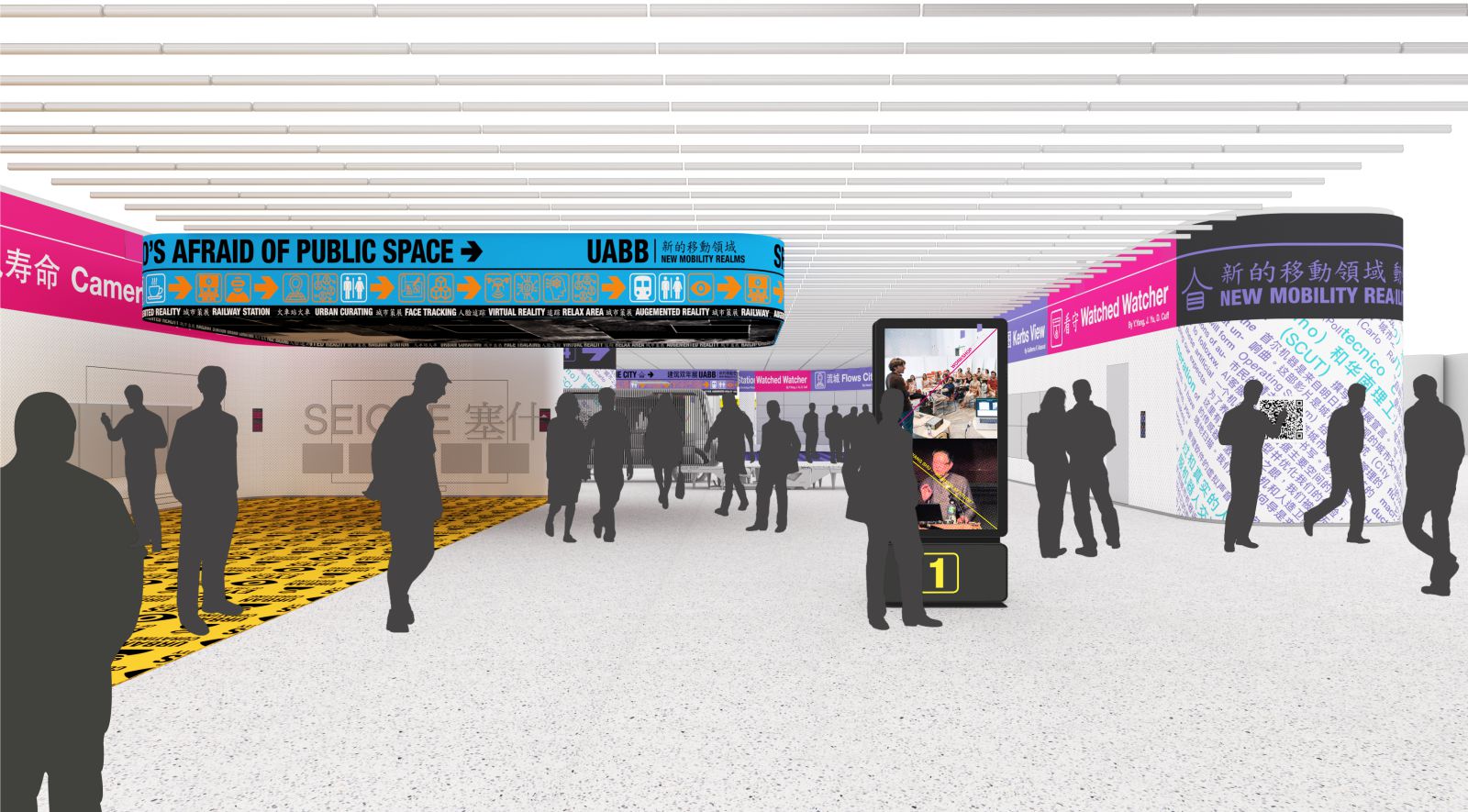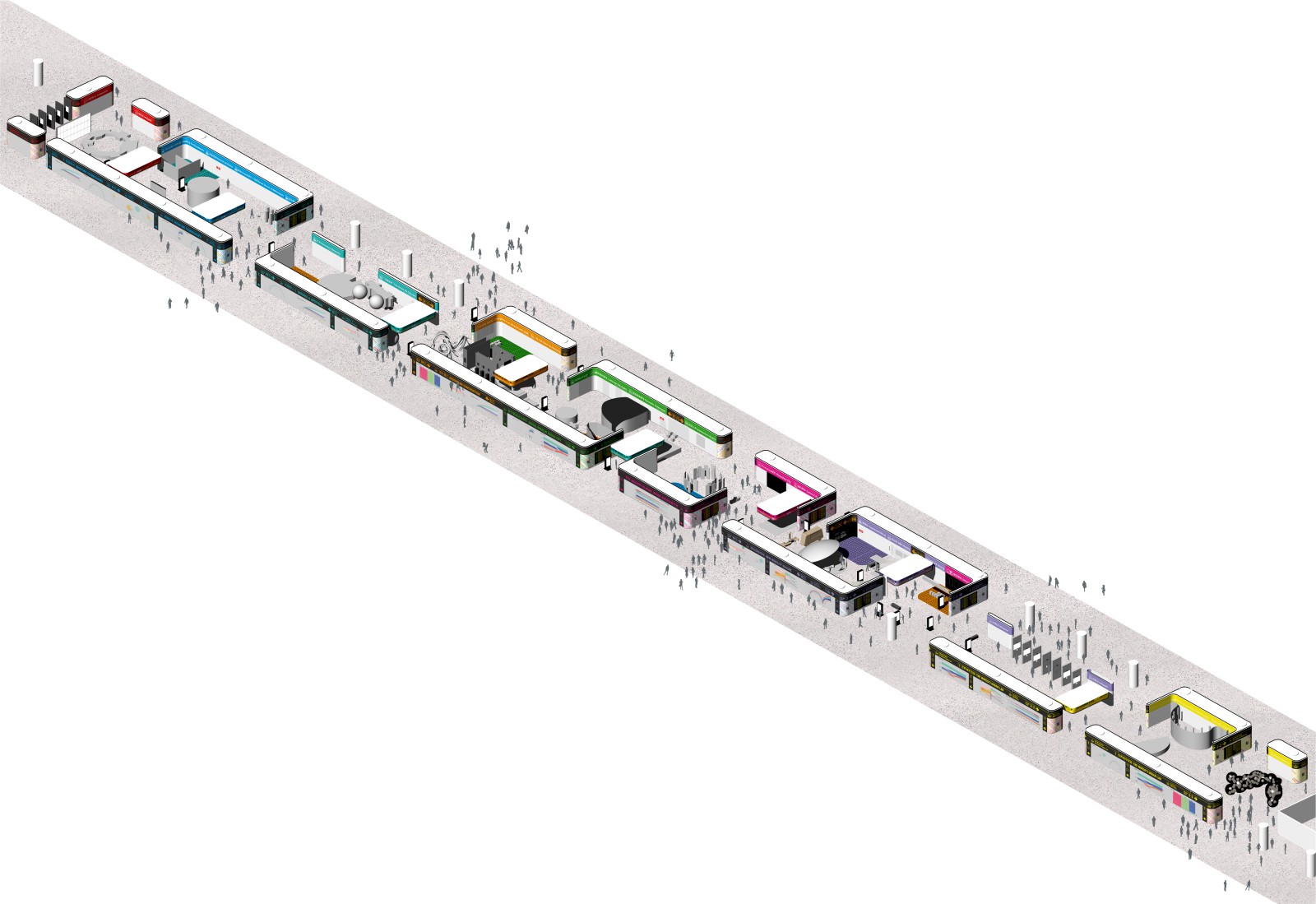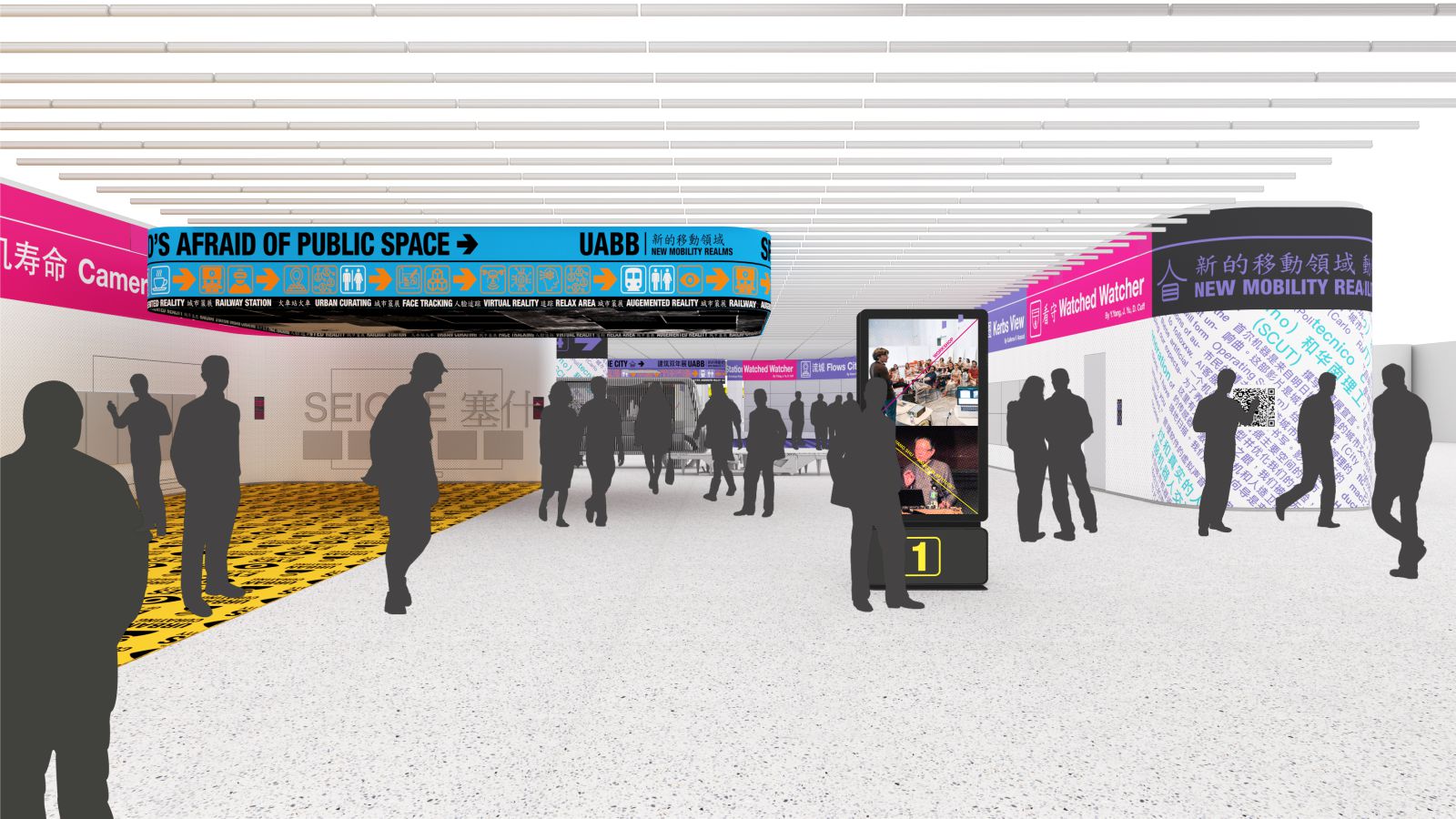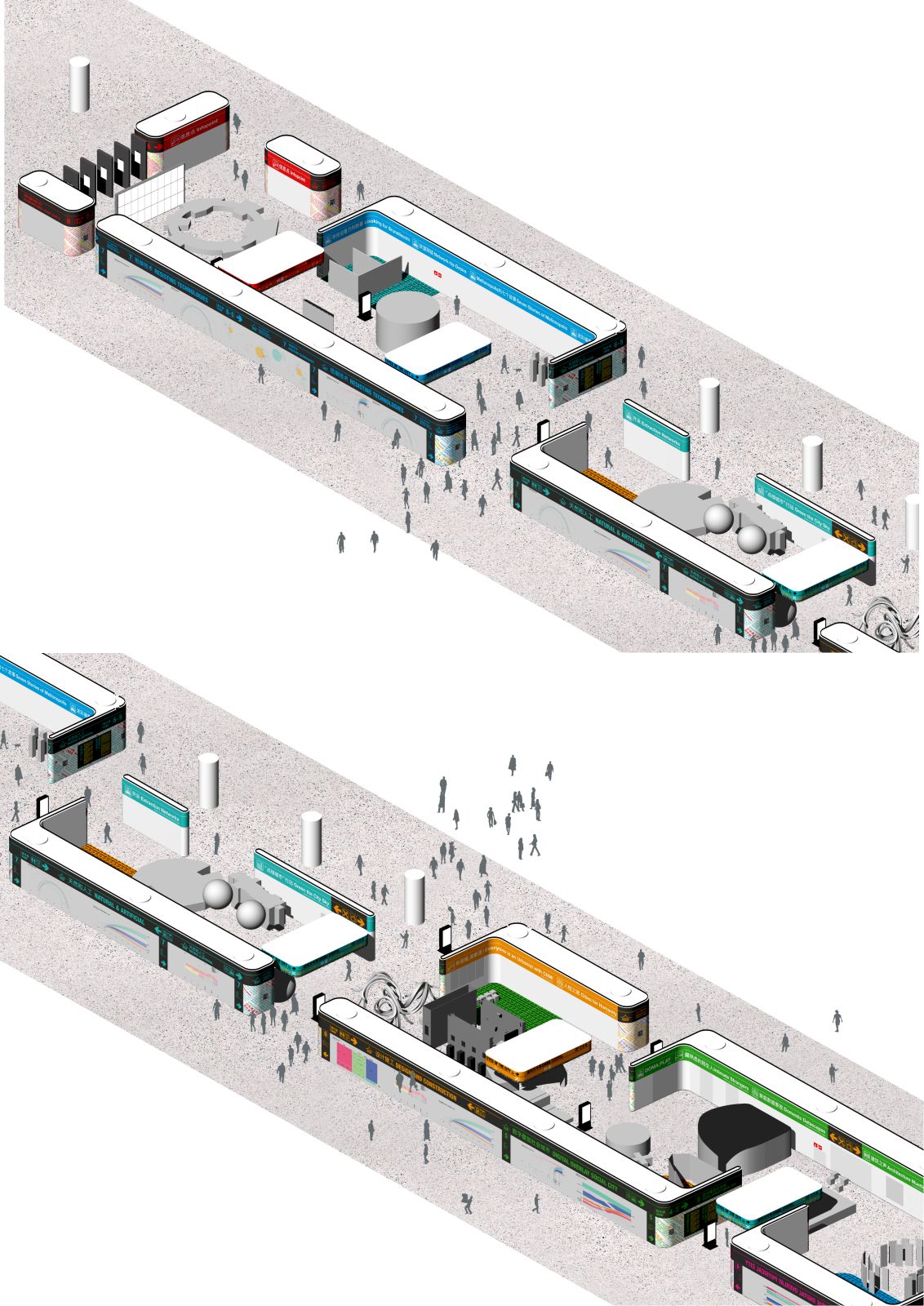The world’s most visited architecture event, the Bi-City Biennale of Urbanism\Architecture of Hong Kong and Shenzhen (UABB), will be the first exhibition to use Facial Recognition and Artificial Intelligence on its own premises, in order to prompt a critical reflection on how digital technologies are impacting urban life. Set up in Hong Kong’s neighboring city of Shenzhen, the exhibition is called “Eyes of the City” and aims to explore the new urban condition of cities that can “see”.
Entirely fabricated locally and interspersed in one of the halls of a high-speed railway station, it features original work by more than 60 acclaimed international exhibitors (more details below). The “Eyes of the City” section is curated by MIT professor Carlo Ratti (Chief Curator), Politecnico di Torino and SCUT (Academic Curators), who will unveil the final selection at the Biennale opening on December 21st, 2019.
“At a time when urban technology and facial recognition are prompting polarization and conflict – from Hong Kong to San Francisco – our exhibition wants to provide a critical reflection,” says Carlo Ratti, director of the Senseable City Lab at the Massachusetts Institute of Technology. The “Eyes of the City” installations revolve around the following question: what happens when the sensor-imbued city acquires the ability to see – almost as if it had eyes?
The exhibition premises will be in the newly inaugurated Futian high-speed railway station in Shenzhen, connecting Mainland China and Hong Kong in less than 15 minutes. Because of new technologies, stations themselves around the world, as well as other public spaces, are transitioning from spaces of anonymity to spaces of constant data gathering. “As digital technology increasingly permeates our cities, railway stations are one of the public spaces that are likely to experience the strongest shift,” continues Ratti.
“For a long time, stations have been places where one could experience urban anonymity at its highest form. Already today, they are becoming examples of a built environment that is able to recognize and respond to us in real time. In stations as well as in airports, we can already observe what an “Eyes of the City” scenario might look like and start a critical reflection about it.” “Eyes of the City” will be the first public exhibition to incorporate facial recognition technology on its very premises.
Visitors will be facially scanned upon accessing the exhibition through the two info points, designed by leading Dutch practice MVRDV, on opposite ends of the venue. However, unlike all systems deployed in cities all over the world, everything will be based on transparency: cameras will be highlighted throughout the space and visitors who not wish to be recognized will wear a special mark on their face to remain anonymous, signaling their stance to others. “It is vital that we have the ability to opt-out, not only online, but also in the space of the digitally-augmented city,” adds Ratti.

Image © Mieke Gerritzen
Among the installations that underscore the “Eyes of the City” approach is the work by leading Chinese architect Yung Ho Chang, in which a series of upside-down telescopes invite us to “Look Back” at technology, advocating for a bidirectional relationship between mankind and the digital city: beyond its “Resisting technologies” section, the exhibition path will be divided into a series of sub-clusters devoted to exploring different fields in which the “Eyes of the City” can impact tomorrow’s urban landscape.
“The installations will deal with topics as diverse as Shenzhen’s transformation dynamics and collective memory, the transformations to urban infrastructure brought about by autonomous mobility, the increasing convergence between the natural and the artificial, and the ways in which A.I. might both support or disrupt design and construction processes,” adds Bonino. Source and images Courtesy of Carlo Ratti.






